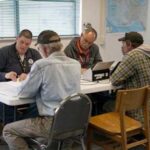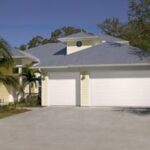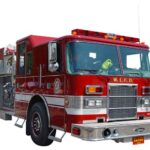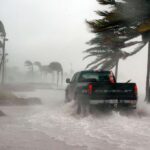Learn about the different types of insurance coverage for household disasters and emergencies and whether your home insurance will protect you.
Preparation for a disaster depends upon the type of disaster you are likely to face. See What to Do During a Storm Disaster, and Fire! What to Do. Also, watch the HomeTips site…we’ll be adding more information about disaster preparedness.
Do you know which natural disasters are covered by your homeowner’s insurance policy?
An insurance policy is a contract between you and your insurance company. What type of insurance you choose to take out or not take out can be akin to gambling—you and the insurance company are betting on the likelihood of you incurring damage, filing a claim, and the amount of that potential claim.
Think of your homeowner’s insurance policy as a “package” of insurance that covers your house, furniture, personal belongings, liability for others harmed on your property, plus alternative living expenses incurred if your home is severely damaged.
What does your homeowner’s policy cover? Depending on the region in which you live, your policy may cover the following disasters in both dwelling and personal property loss:
1. Fire and lightning
2. Windstorm and hail
3. Explosion
4. Riot or civil commotion
5. Damage caused by aircraft
6. Damage caused by vehicles
7. Smoke
8. Vandalism or malicious mischief
9. Theft
10. Volcanic eruption
Some more-extensive policies cover the following:
1. Falling objects
2. Damage from the weight of ice, snow, or sleet
3. Accidental discharge or overflow of water or steam from within a plumbing, heating, air conditioning, or automatic fire-protection sprinkler system, or from a household appliance
4. Sudden and accidental tearing apart, cracking, burning, or bulging of a steam or hot water– heating, air-conditioning, or automatic fire-protection system
5. Freezing of a plumbing, heating, air-conditioning, or automatic fire-protection sprinkler system, or of a household appliance
6. Sudden and accidental damage from artificially generated electrical currents
Disasters not usually covered without a rider include the following:
1. Floods
2. Earthquakes
3. Damage due to lack of maintenance, mold, termite, or other pest infestation
4. Landslides
5. Mudslides
6. Sinkholes
7. War
8. Nuclear accident
Flood and earthquake insurance are known as “single peril” insurance, which means they are sold separately from homeowner’s insurance.
Flood insurance protects against losses to structures and their contents, not the land surrounding them. The coverage applies whether the flooding results from heavy or prolonged rains, coastal storm surge, snow melt, blocked storm drainage systems, levee dam failure, or other natural causes. To be considered a flood, the water must cover at least two acres of normally dry land or affect at least two properties.
Flood insurance is available both within and outside of flood plains. Different types of policies are available depending on your flood risk, which is determined by your property’s location on your community’s flood map.
You will need to get flood insurance if you live in a designated flood zone, as most mortgage lenders require that you have such a policy before they will approve your loan.
If your area qualifies, you can purchase flood insurance under the National Flood Insurance Program, which is a government program enabling property owners in participating communities to purchase insurance protection against losses from flooding.
For you to qualify, your community must have agreed to stricter zoning and building measures due to high flooding possibilities. You can get replacement coverage for the structure of your home but only cash value for your possessions and no coverage for the cost of living while you are out of your home.
The prices for flood insurance—sold and serviced by private insurers and backed by the federal government—run the same for all homeowners, since the rates are set by the National Flood Insurance Program.
Also consider buying flood insurance if your house could be flooded by melting snow, an overflowing creek, or water running down a steep hill.
Be aware that it takes 30 days for a flood policy to take effect, so purchase it well before the signs of an imminent disaster.
Earthquake coverage can be a separate policy or an endorsement to your homeowner’s or renter’s policy. In California, it is available from the California Earthquake Authority, and, in such earthquake-prone states as California, it usually comes with a high deductible—usually 10 percent or more.



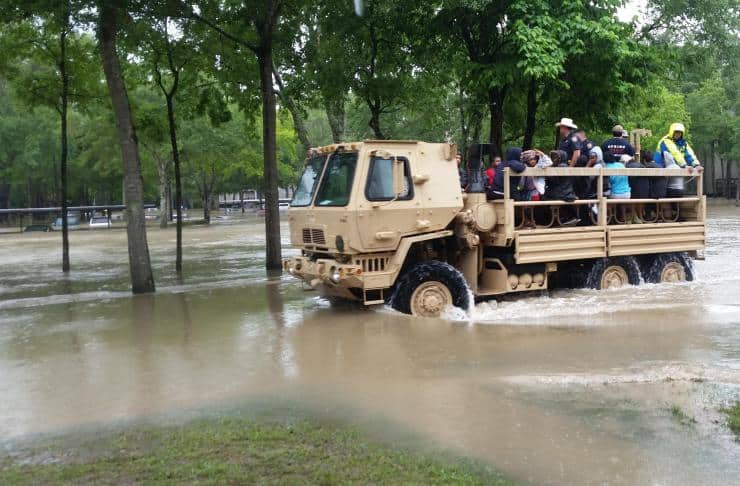
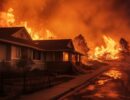


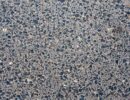
 Don Vandervort writes or edits every article at HomeTips. Don has:
Don Vandervort writes or edits every article at HomeTips. Don has:
